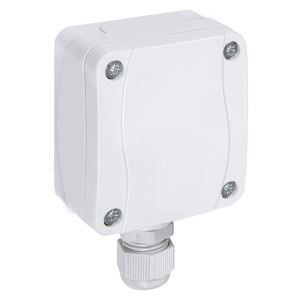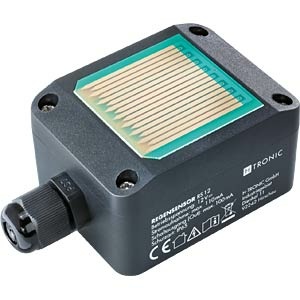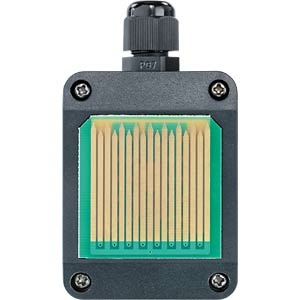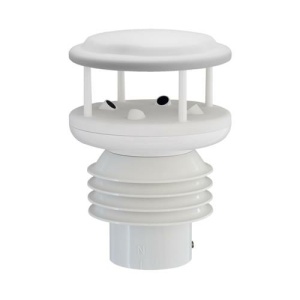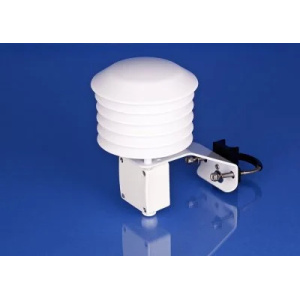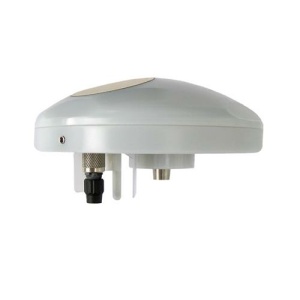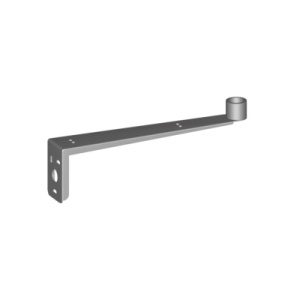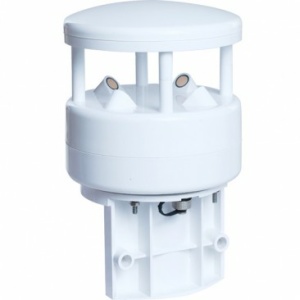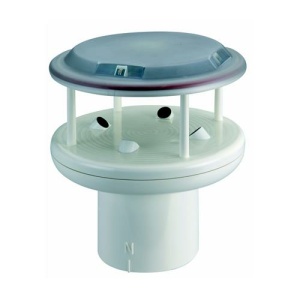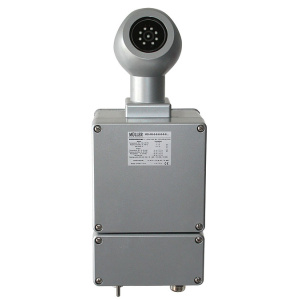H-Tronic
Sensors.co.uk
Weather Stations
A typical weather station consists of a collection of sensors designed to measure various meteorological parameters. These sensors can be installed in a fixed location, such as a measuring mast on the roof of a building or a land-based weather station, or they can be built into portable units for mobile measurements.One of the main uses of weather stations is to provide accurate weather and climate data for weather forecasting. Meteorologists use this data to analyze weather patterns, develop models and make predictions about future weather conditions. This is essential for warning the public of potentially dangerous weather conditions, such as storms, tornadoes, floods and heat waves, and for helping various industries plan activities and take precautions.
With continued advances in technologies such as wireless communications, sensor networks and artificial intelligence, weather stations are becoming increasingly sophisticated and can collect more detailed and accurate data. This contributes to a better understanding of weather and climate, which in turn helps make decisions in various areas of human life and society.

